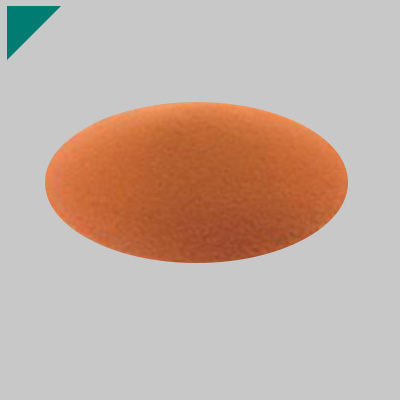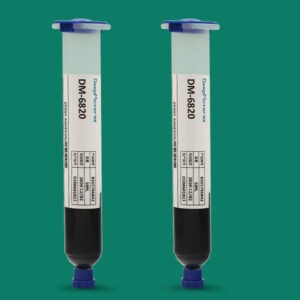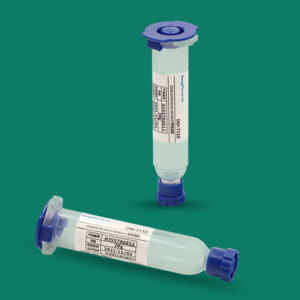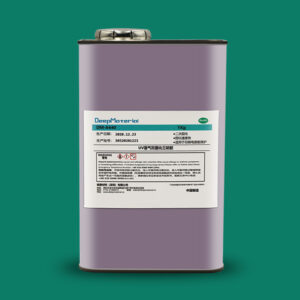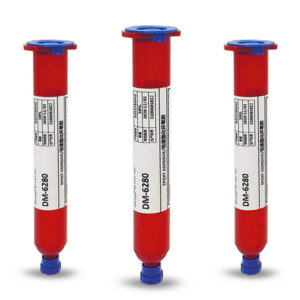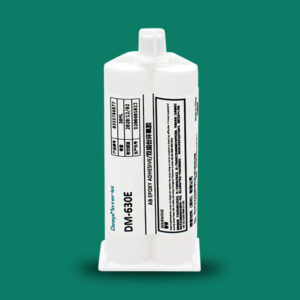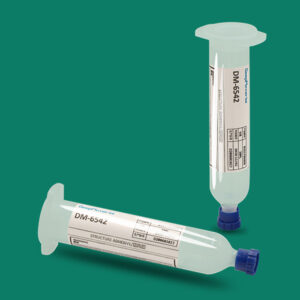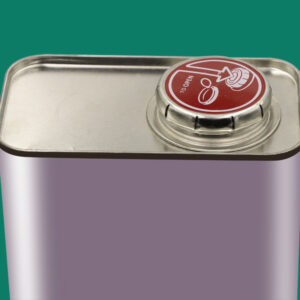Newly Upgraded Fire Retardant Materials: Lightweight and Safety
Newly Upgraded Fire Retardant Materials: Lightweight and Safety
In an era where fire safety is paramount across industries, the evolution of fire retardant materials has taken a significant leap forward. Newly upgraded fire retardant materials emphasize not only enhanced protection against flames but also lightweight designs that improve efficiency and usability, alongside superior safety profiles that minimize health and environmental risks. These advancements address the limitations of traditional flame retardants, such as halogenated compounds, which have been linked to toxicity and ecological harm. As global regulations tighten—driven by frameworks like the EU’s REACH and the US’s Toxic Substances Control Act—the demand for innovative, sustainable solutions has surged.
The global flame retardant chemicals market is projected to grow from $6.1 billion in 2025 to $8.2 billion by 2030, at a compound annual growth rate (CAGR) of 6.1%. This expansion is fueled by applications in aerospace, military, automotive, construction, and electronics, where lightweight materials reduce weight without compromising strength, enhancing fuel efficiency and mobility. Safety upgrades focus on low-toxicity formulations that reduce smoke emissions and prevent bioaccumulation, ensuring safer environments for users and first responders. For instance, in aerospace, these materials comply with stringent FAA standards, while in construction, they prevent rapid fire spread in high-rise buildings.
Recent progress highlights a shift toward halogen-free, bio-based, and nanostructured flame retardants, which offer multifunctional performance including thermal stability and mechanical reinforcement. These upgrades not only slow combustion but also form protective barriers, making them ideal for modern demands like electric vehicles (EVs) and renewable energy infrastructure. This article explores these newly upgraded materials, their technologies, applications, benefits, challenges, and future trends, drawing on the latest developments as of 2025.

Advancements in Types of Fire Retardant Materials
The landscape of fire retardant materials has been transformed by innovations in composition and structure, prioritizing lightweight and safe alternatives.
- Halogen-Free Flame Retardants
A major trend in 2025 is the widespread adoption of halogen-free flame retardants (HFFRs), replacing brominated and chlorinated variants due to their environmental and health concerns. These include phosphorus- and nitrogen-based compounds that achieve high UL94 V-0 ratings—indicating self-extinguishing properties—while minimizing smoke and corrosive gases. In lightweight applications, such as EV battery casings, nitrogen-phosphorus synergist systems have been patented for their efficacy, reducing total smoke emission by up to 60% in some formulations. Safety is enhanced through low toxicity, aligning with global regulations that impose fines or bans on non-compliant products. Multifunctional HFFRs also provide thermal resistance and compatibility with injection molding, making them suitable for high-temperature plastics like polyphthalamide (PPA) and polyphenylene sulfide (PPS).
- Graphene-Based and Nanostructured Flame Retardants
Graphene-based flame retardants represent a cutting-edge upgrade, leveraging nanotechnology for superior performance in polymer composites. Graphene dissipates heat, forms insulating barriers, and promotes char formation, significantly improving thermal stability without adding substantial weight. Recent studies show graphene oxide (GO) and reduced graphene oxide (rGO) enhancing flame resistance in polymers like polyurethane, with synergistic effects when combined with phosphorus-rich additives. These materials are lightweight due to their nanostructured nature, ideal for aerospace components where reduced mass improves fuel efficiency.
Nanostructured flame retardants, including carbon nanotubes (CNTs), nanoclays, and metal-organic frameworks (MOFs), operate through physical barriers and chemical catalysis to inhibit combustion. With high surface areas, they require lower loadings—often under 5%—preserving mechanical properties while boosting safety. For example, layered double hydroxides (LDHs) form protective char layers, reducing peak heat release rates (PHRR) in composites. The global market for these is expected to reach $9.56 billion by 2031, driven by their multifunctional benefits like electrical conductivity.
- Bio-Based and Sustainable Flame Retardants
Sustainability is at the forefront, with bio-based flame retardants derived from renewable sources like lignin, phytic acid, chitosan, and wine industry waste offering eco-friendly alternatives. These materials promote dense char formation, blocking heat and flammable gases, and are low in toxicity compared to traditional options. Innovations include polyphenols from wine waste as char-forming agents in intumescent systems, replacing synthetic pentaerythritol for wood protection in wildfire-prone areas. Lightweight bio-composites from plant fibers like hemp and flax, combined with bio-resins, provide greener options for automotive and construction, reducing environmental persistence.
Other bio-sourced developments include cellulose-erythritol combinations and cork powder with ammonium polyphosphate, suitable for textiles and insulation. These upgrades enhance safety by avoiding carcinogenic compounds, with polymeric designs binding retardants to prevent migration into the environment.
Key Technologies in Upgraded Fire Retardant Materials
Several technologies underpin these advancements, focusing on lightweight integration and safety.
- Intumescent Coatings and Paints
Intumescent coatings expand under heat to create insulating char layers, protecting substrates like steel and wood. Recent upgrades incorporate nanotechnology—nano-clays, CNTs, and graphene—for enhanced efficiency. Water-based spray-on versions, using polyelectrolytes, are ultrathin (nanometers), maintaining lightness while self-extinguishing fires on fabrics and foams. The ‘FireCoat’ acrylic paint deflects extreme heat (1000-1200°C) to safe levels (25-30°C), ideal for bushfire safety. Bio-based intumescents from wine waste add sustainability, offering up to 4 hours of protection.
- Aerogels and High-Performance Fibers
Aerogels, highly porous and lightweight, provide exceptional thermal insulation with fire-retardant additives like silica. These are used in building insulation and protective clothing, reducing weight while enhancing safety through heat absorption. High-performance fibers such as aramids (Kevlar, Nomex) and polybenzimidazole (PBI) offer thermal stability without melting, crucial for firefighter gear and aerospace. Upgrades include chemical treatments for durability, making them lighter and safer.
- Smart and Self-Healing Materials
Smart materials like phase-change substances regulate temperatures, while thermochromic coatings indicate fire risks. Self-healing coatings with microcapsules activate on damage, ensuring long-term safety without added weight.
Applications Across Industries
These upgraded materials find diverse applications, leveraging their lightweight and safety features.
In aerospace and military, lightweight composites with graphene and HFFRs reduce aircraft weight, complying with MIL-STD standards and improving mobility. Automotive sectors, especially EVs, use intumescent coatings and nanostructured FRs for battery casings, enhancing crash safety and reducing smoke toxicity.
Construction benefits from fire-resistant glass, steel, and bio-based claddings, preventing tragedies like Grenfell Tower. Electronics employ low-toxicity HFFRs for enclosures, meeting UL94 requirements. Textiles and furniture use bio-based options for consumer safety.
Benefits: Lightweight Design and Enhanced Safety
Lightweight upgrades minimize material density, crucial for transportation efficiency—e.g., aerogels and nanostructures add protection without bulk. Safety benefits include reduced toxicity, lower smoke emissions, and barrier formation, protecting lives and property. Environmentally, bio-based and halogen-free options reduce pollution, supporting sustainability goals.
Challenges and Future Trends
Challenges include scalability, compatibility with polymers, and higher costs for bio-based materials. Future trends point to PFAS-free composites, AI-optimized formulations, and expanded use in renewables. Research focuses on hybrids like MOFs and MXene for multifunctional, lightweight safety.

Conclusion
Newly upgraded fire retardant materials embody a fusion of lightweight innovation and safety excellence, poised to redefine industry standards. As markets grow and technologies advance, these materials promise a safer, more sustainable future.
For more about newly upgraded fire retardant materials: lightweight and safety, you can pay a visit to DeepMaterial at https://www.epoxyadhesiveglue.com/category/epoxy-adhesives-glue/ for more info.



